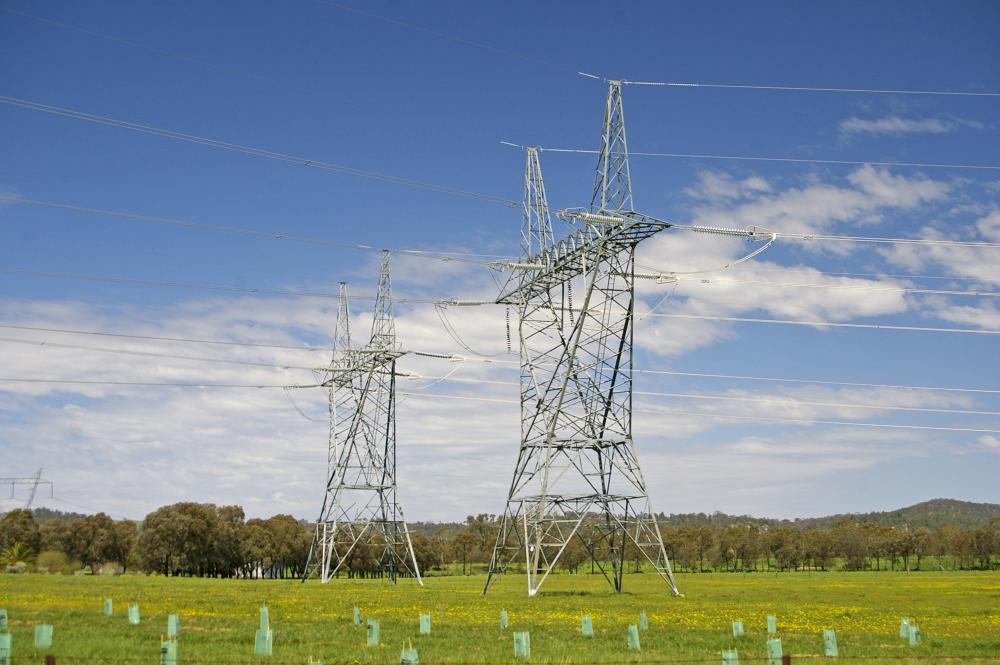Notwithstanding a six percent increase in electricity production, exports in the first nine months of the current Iranian calendar year (began March 2014) saw an eight percent decrease.
Electricity production in the current year has reached 220,364 gigawatts hour (GWh), indicating 5.74 percent increase compared with the same period last year, ISNA reported. A total of 208.532 GWh of electricity was produced through thermal units, while hydropower plants generated 11,840 GWh of power in the 9-mobnth period. Year-on-year production from thermal and hydropower units rose by 6.7 and 1.2 percent, respectively.
Electricity exports stood at 7,435 million kilowatt hours (kWh) in the said period. Exports declined by eight percent year-on-year. Iran has imported 2,868 million kWh of electricity in the first nine months of this year, which is one percent higher than the corresponding period last year.
Iran’s electricity industry is ranked 14th in the world and first in the Middle East in terms of output with an installed power generation capacity of 72,000 MW. Iran is also the largest exporter and importer of electricity in the Middle East and exports electric power to Armenia, Pakistan, Turkey, Iraq, and Afghanistan. Azerbaijan and Armenia supply electricity to Iran under a swap agreement.
Natural gas is the largest source of fuel for electricity generation in Iran, accounting for almost 70% of total generation. Oil, hydropower, coal, and non-hydro renewables make up the remaining fuel sources used to generate electricity in Iran, with marginal generation from Bushehr nuclear power plant that came online in 2011 but did not start commercial production until 2013.


